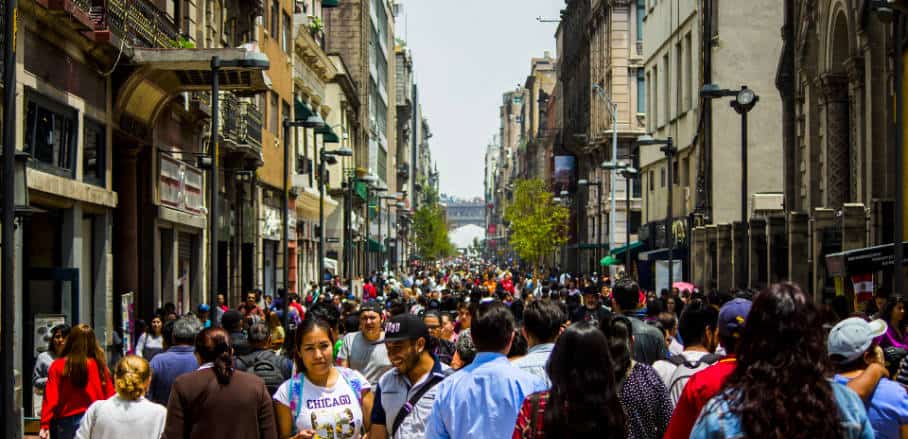Mexico City: Towards a Human Rights-Based Approach to Human Mobility
A progressive legal framework and a human rights-based approach to human mobility – exclusive insights from the Mexican capital. By Nancy Pérez García of the Mexico City Human Rights Commission.
Mexico City is a great orb with a population of approximately 9.2 million people. Half of its population is young adults, and about 1.13 per cent of residents are born in other countries or are migrants. As for the presence of the undocumented migrant population, the exact number cannot be accurately determined.
The Human Right to Migrate
The Intercultural, Migrant Support and Human Mobility Act (LIAMMH as per its acronym in Spanish), passed in 2011, recognises the exercise of the human right to migrate. It aims to diminish inequalities and discrimination, instead establishing processes of hospitality, interculturality, and human mobility in the setting of receptivity, respect, solidarity, and acceptance of cultural diversity. In 2017, Mexico City enacted its first constitution and incorporated the human rights of migrants and persons subject to international protection that transit or reside in this city.
This progress is in large part also due to many civil society organisations who have worked tirelessly to include persons in mobility contexts in local socio-economic life. They have driven a reform on the operating rules of social programmes so that these may consider the profile and needs of this particular population group. They have also pushed through an agenda that points out to official authorities that topics such as inclusion require much more attention and consistently remind the local government to translate the objective set by LIAMMH and the local constitution into practice.
In 2018 and 2019, Mexico City welcomed large flows of people in mobility contexts in the figure of so-called caravans, which signified a challenge for the local government. The Mexico City Human Rights Commission deployed what came to be known as the ‘Humanitarian Bridge’, which was an initiative that followed the work of a multidisciplinary brigade. In addition to attending to the physical and emotional health needs of the people, it provided a parameter to prepare for their arrival in Mexico City and thereby enabled the shelters to receive more than 15,000 people.
Our Protocol for Humanitarian Aid
Afterwards, the Human Rights Commission of Mexico City drafted the “Protocol for Humanitarian Aid in the Context of Emergency Situations for Migrants and/or Persons Subject to International Protection in Mexico City: Temporary Camps or Shelters” as a practical tool that could guide local governments and other agencies that support humanitarian assistance of people who have been forcibly displaced out of their home communities or last place of residency. The protocol also formulates the necessary actions to guarantee their rights to life, personal integrity, food and nutrition, health, water and sanitation, and the right to asylum.
These efforts are a good example of paying attention to persons in mobility contexts, which also provided a meaningful lesson in prioritising human security over national security. Indeed, having a regulatory framework, alongside public policies and social programmes, helped establish a decisive institutional response to an imminent situation at exactly the right time. Through inter-institutional and inter-sectoral coordination, the government was able to fulfil its responsibility to effectively protect human rights in mobility.
A Key Lesson
The Mexico City Human Rights Commission organised training and awareness-raising sessions for public administration staff on the topic of persons in human mobility contexts, based on the experience with the caravans. City employees were also connected with international and civil society organisations that tend to this matter in order to formulate an appropriate answer on the implementation of the humanitarian bridge, temporary shelters and the development of the protocol.
One of the key lessons here is that having a solid regulatory framework and public policies at the local level are extremely important to protect the rights of those in human mobility contexts. It also helps the agencies in charge coordinate actions from the highest decision-making level. Finally, it is not possible to speak of just societies if such wide gaps continue between host societies and those who arrive or transit. Mexico City must continue to respond to the challenge of the inclusion of migrants and those subject to international protection that decide to stay in the city and support their socio-economic integration into Mexican society.
- Mexico City: Towards a Human Rights-Based Approach to Human Mobility - 28. March 2022
